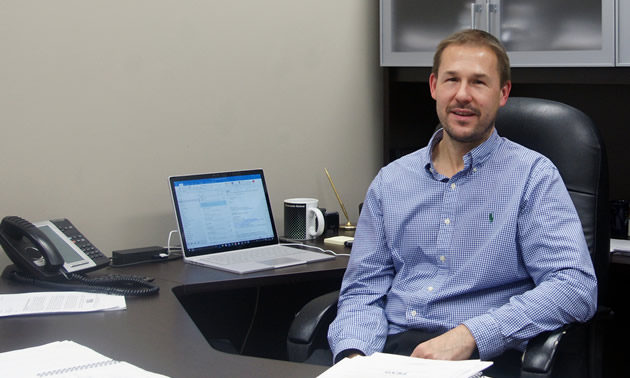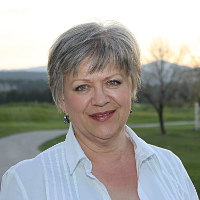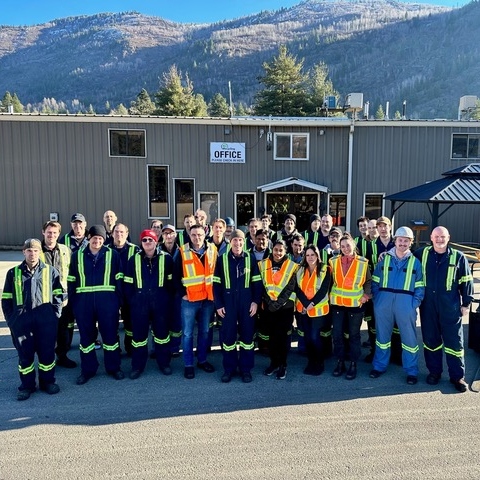David Perehudoff, CAO, Trail, B.C.
We got to know a little bit about Trail’s accomplished CAO

Long-time CAO for the City of Trail, B.C., David Perehudoff brings diversity to his position. — Photo courtesy David Perehudoff
The City of Trail is fortunate to have a CAO with extensive education and experience in municipal administration. Castlegar-born David Perehudoff is trained in local government management and accounting, and he held positions in business before going into municipal administration.
He worked for the City of Port Moody, the City of Armstrong and the District of Coldstream before coming to Trail in 1995 to become the city’s treasurer. Within a year, that position was restructured and Perehudoff became both CAO and CFO.
In each of the municipalities where he worked, Perehudoff ushered the administration into the digital age, moving from handwritten ledgers to mainframe computers to PCs for everyone. We asked Perehudoff a few questions about his philosophy, his accomplishments and his agenda for the new year.
What’s something interesting about you that people may not know?
I don’t think there’s much about me that would surprise people. I’m a sports guy—I like to play golf and work out, and I’ve started doing some running. I like the physical challenge and the mental challenge as well.
At some point, eventually, I’d like to change direction—maybe do some consulting and be able to travel and just be less structured. In this job you never get completely away from work, even when you’re on vacation.
What’s the greatest strength you bring to the table?
I’m diverse. I can deal well with the people side of things even through changes in council and staff. I also have a broad set of technical skills and knowledge in municipal operations, finance, personnel and legal aspects.
What’s been a recent risk or challenge in your job?
The new pipe pedestrian bridge did present some challenges in terms of budget development. We had to get really creative to secure funding. I definitely pushed the envelope and there was some risk-taking involved. We were working within time constraints as well, which added to the stress.
Technology has created the need for strong time-management skills and more skill at prioritizing the components of your workload. There’s a greater volume of communication, certainly, and then there’s social media on top of it. We’re trying to use the tools to our advantage, but it creates a resource challenge in terms of making sure we’re dealing appropriately with the platforms out there. You have to stay current and keep up. For a medium-sized municipality, Trail is cutting-edge in terms of technology and how it’s deployed.
What’s changed in your approach to your work over the years?
My philosophy has always been to try to look at the position and the organization and identify where there are shortcomings, and my approach has changed in the context of my experience. When your experience is limited, you might be more conservative, but I think that now I have a more liberal approach because of a more comprehensive understanding of the ramifications. I think I have become more flexible than I used to be.
What advice would you give to an incoming mayor and council?
If you’re someone new coming in, you need to take the time to understand the issues and the resources, including the existing staff, before pushing for changes. Without that understanding, changes can just create new problems.
We orient a new council to current issues, and council and senior staff sit down together to develop a roadmap to develop strategic objectives. I think that’s what works best.
What’s on your agenda for 2017?
We just started construction of our $8-million integrated library and museum, including an integrated operating plan. We’ll be merging the two budgets, so from an administrative perspective there’s a big piece of work that needs to be done early in 2017.
We’re also working on our airport terminal, a $4.2-million project, and we’re hopeful that we will get some grant money from the federal government to refurbish the runway—that’s about a $4.7-million project. We also have a plan to revitalize the downtown, and some of the work will involve collaboration with the private sector.






Comments